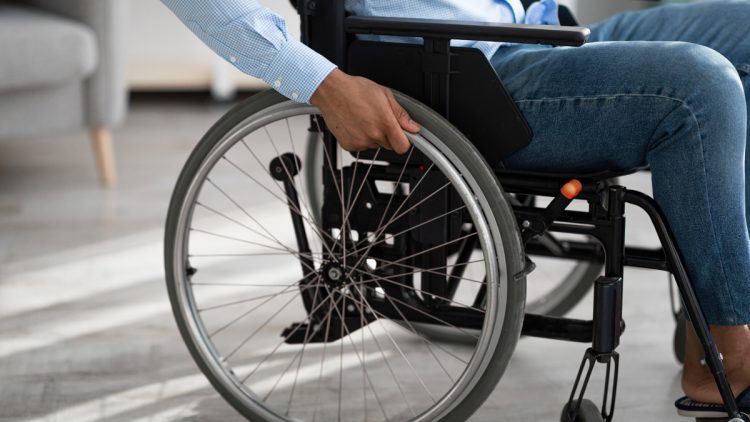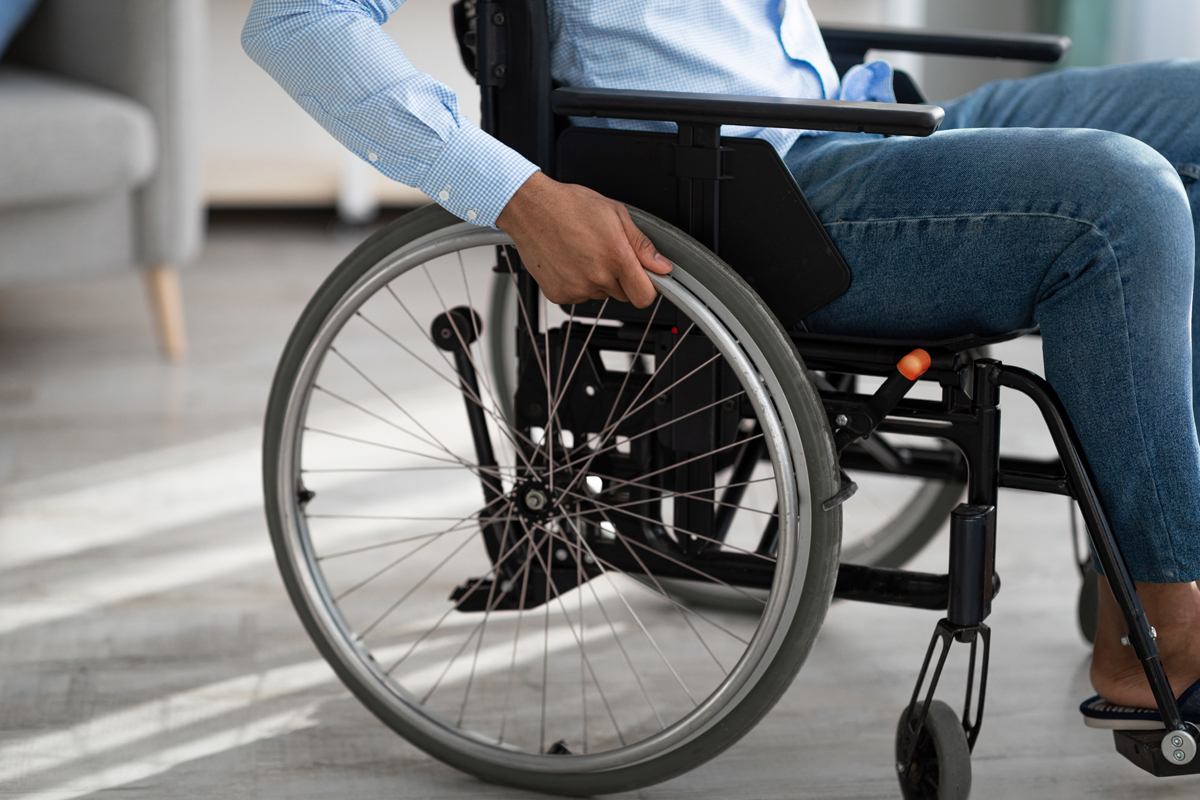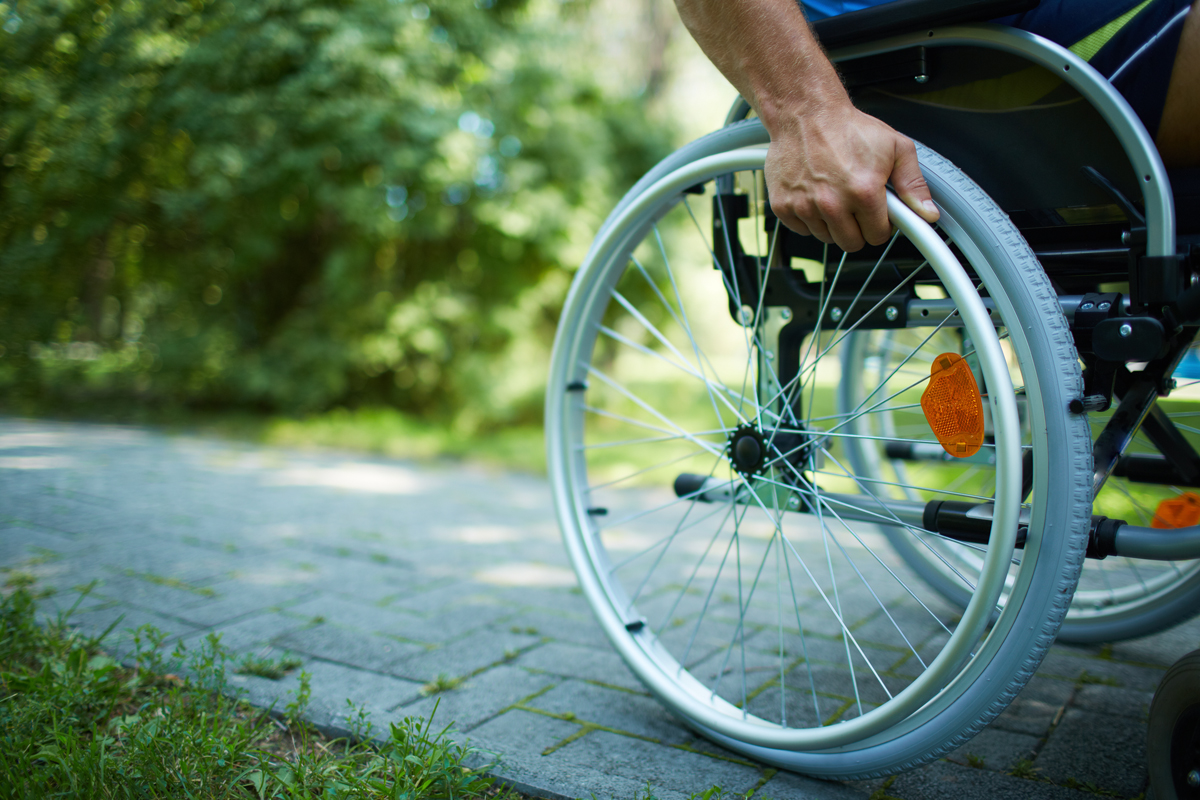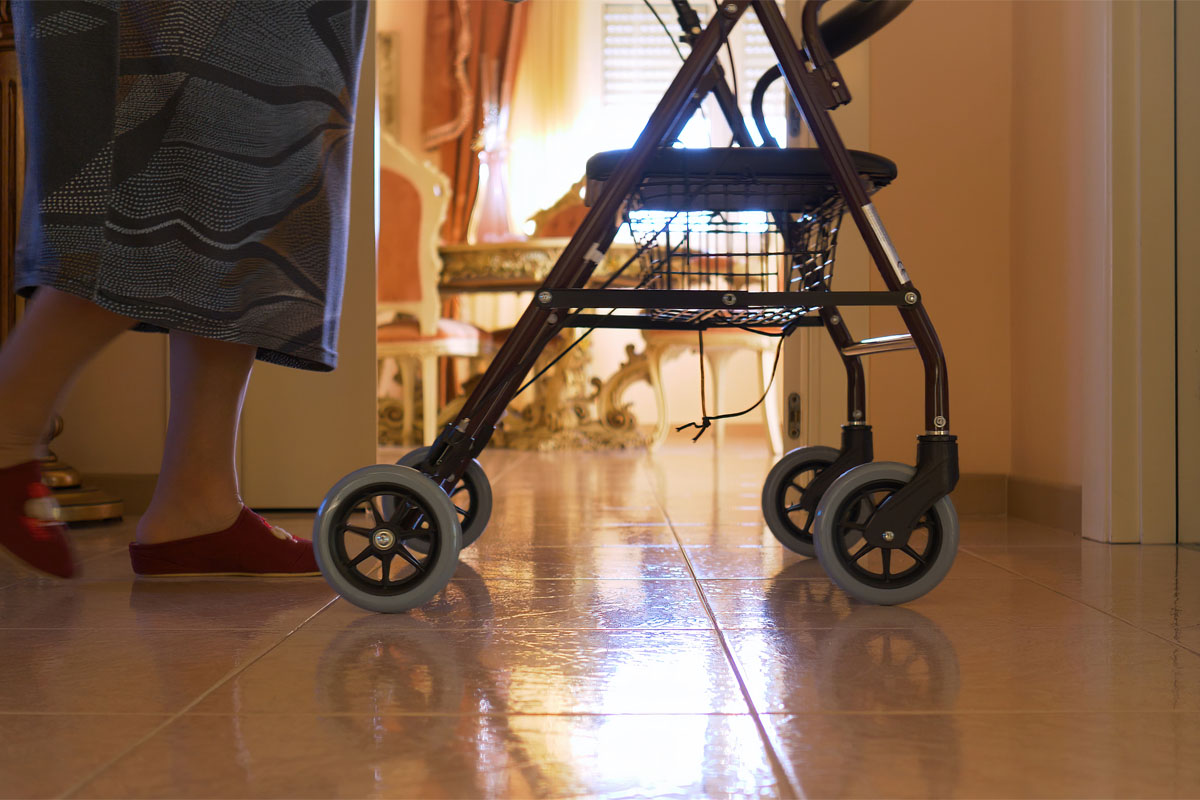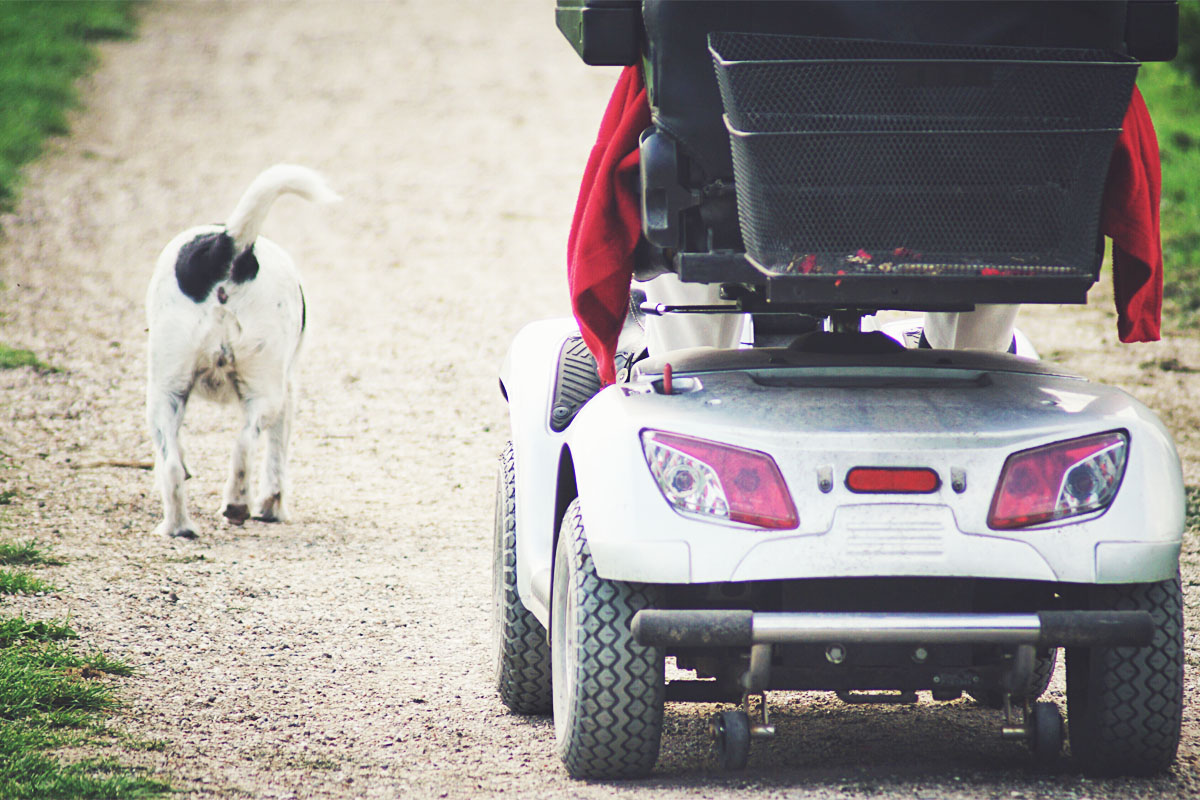When Is It Time for A Mobility Scooter?
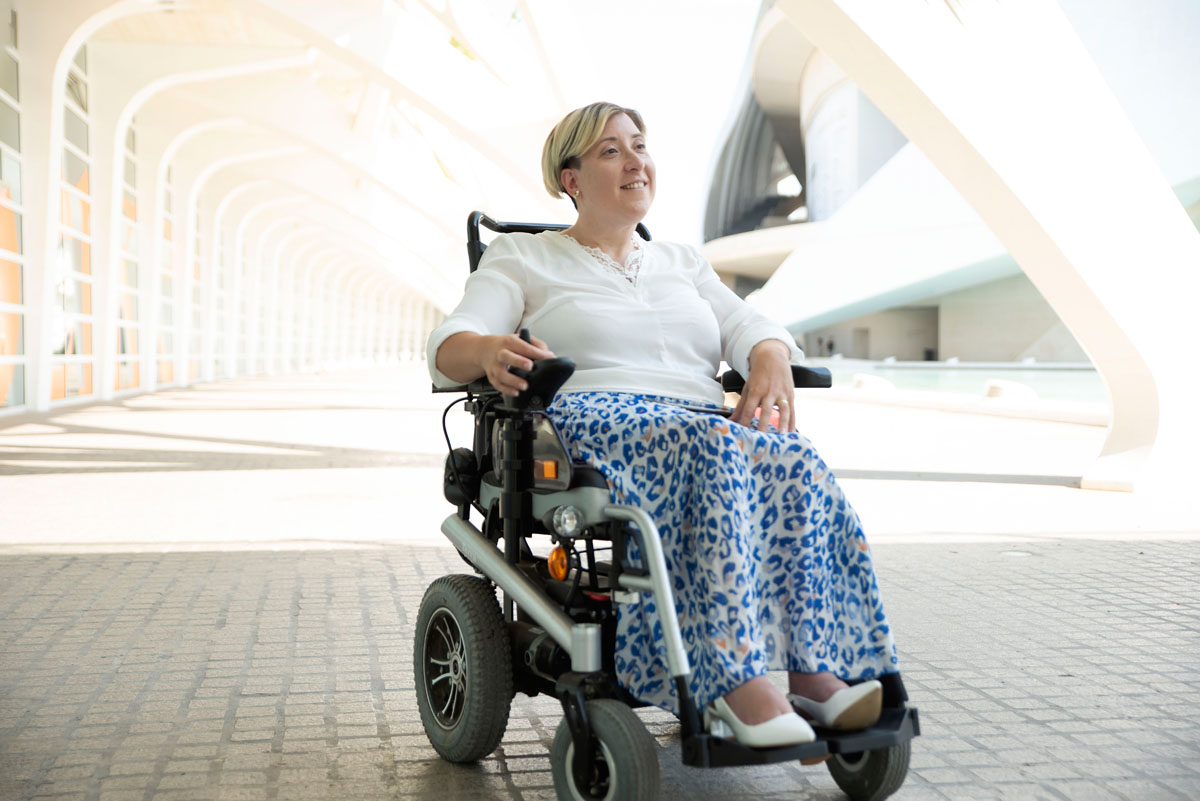
If you have been falling down more often than not, or you’ve been absent from activities that you used to take pleasure in because of mobility difficulties, it might be time to speak to your medical practitioner about a mobility scooter. Maybe you have endured an injury that has hindered your walking abilities, or you are burdened with the pain of arthritis, a scooter can be highly beneficial. So, when is it time for a mobility scooter?
At Mobility Center, in Mesa, Arizona, we’re proud to offer some of the best mobility scooters on the market today. Whereas there are many significant signs it might be time to invest in a mobility scooter, the following are some examples.
You Have Trouble Balancing
If you’re finding it challenging to keep your balance during the day, whether you’re out shopping or taking a walk around your neighborhood, a mobility scooter might be a good choice for you. Whereas a lot of elderly simply choose to limit their activities and live a more inactive lifestyle, a mobility scooter can provide you with the freedom and independence you need for living an active and healthy life. An overly inactive lifestyle can result in a variety of physical and mental health issues, including obesity and depression, so it’s vital to keep moving, even if you require help from medical devices.
At Mobility Center, we’re excited to offer some of the best medical mobility scooters on today’s market. If you’re curious to learn more about how mobility scooters can help improve your standard of living, contact one of our professionals today!
You Have a Hard Time Getting Up from A Chair or Bed
Are you having a hard time getting out of bed each morning because of sore joints? Is it taking you an uncommon amount of time to get off your couch? Whether your mobility issues stem from getting older or ailment, it’s typical to lose the strength in your legs over time, which can make it challenging to get up after lying or sitting down. A mobility scooter is a perfect way to give your legs and joints a rest. For added assistance, think about speaking to your medical practitioner regarding a medical lift chair. These chairs offer lift functionality that is going to assist in lifting its user to a standing position, so they don’t need to strain their joints and muscles standing up by themselves.
You Fall Frequently
Have you been stumbling and falling more than you probably shouldn’t? Whereas age and illness can play a role in persistent falls, poor vision and changes in blood pressure can add to tripping as well. Not only is falling extremely hazardous, but they can also hinder your mobility more harshly if the correct precautions are not taken.
You Have Trouble Walking
If walking from your bedroom to the living room is becoming too challenging, it may be time to speak to your medical practitioner concerning a mobility scooter. As get older, our body loses muscle and consequently, many people have difficulty walking longer distances or standing on their feet for long periods of time. If you’re not up to investing in a medical lift chair, consider researching medical compression socks. These types of socks are a fantastic, minimally intrusive solution for those that suffer from things such as symptomatic vein disease and varicose veins.
Medical Compression Socks
Additional benefits of compression socks include:
- Enhanced blood flow and decreased swelling in the legs, feet and ankles
- Hinderance of existing injuries from advancing
- Decreasing aches and pains in the legs and feet
You’re Recovering from Surgery
If you are recovering from surgery, whether it be for a hip or knee replacement, a mobility scooter can help you keep active throughout your recovery. At Mobility Center, we understand that recovering from any type of surgery can be a huge setback, particularly if you maintain a healthy and active lifestyle.
Mobility Center is honored to be a major provider of mobility scooters in Mesa. When you visit our mobility scooter store, we are going to take the time to understand your individual needs prior to recommending the best type of mobility scooter for you. Contact us or stop by our mobility scooter store today!
Mobility Center In Mesa, Arizona
Mobility Center has been proudly serving the entire Phoenix, Arizona area since 1975 with the finest in mobility aids, scooters, wheelchairs, lifts and support equipment. Visit our convenient location to see the products and receive the individual attention that you deserve. Our service area includes Mesa, Apache Junction, Tempe, Chandler, Scottsdale, Phoenix, Glendale, Surprise, and Sun City.


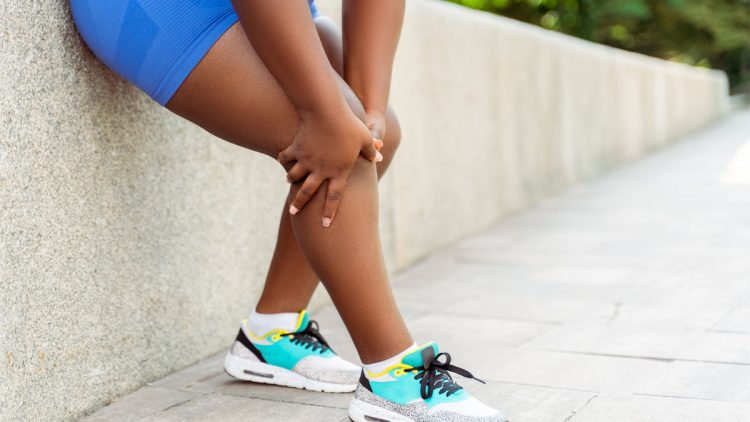
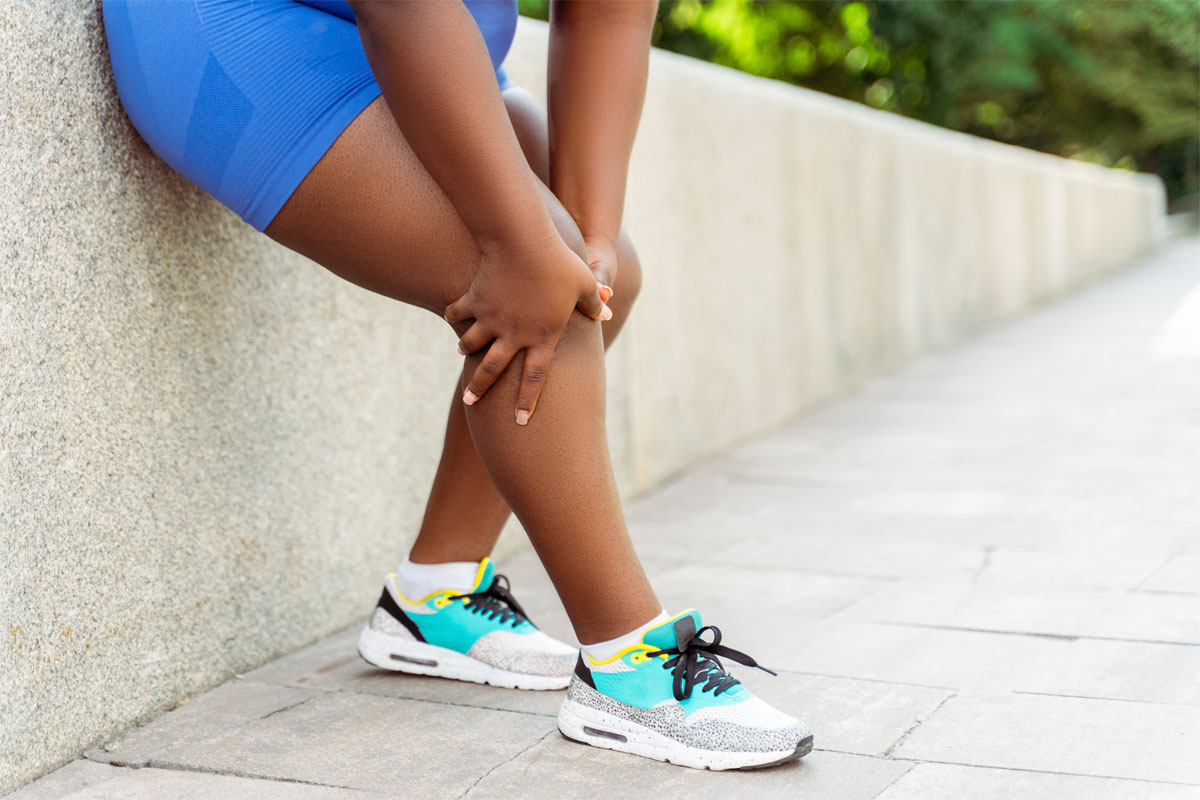

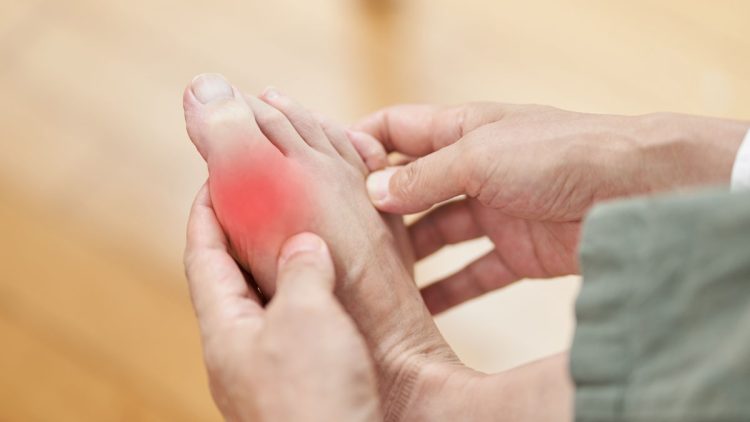
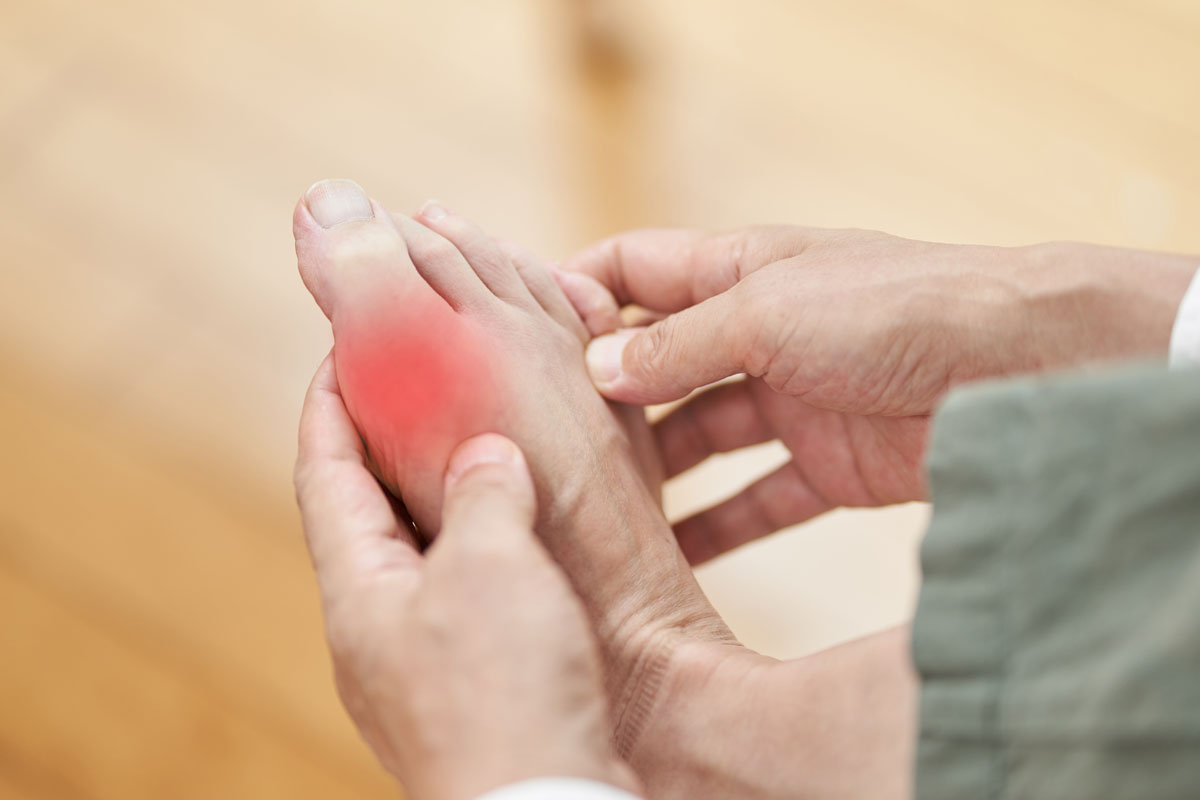

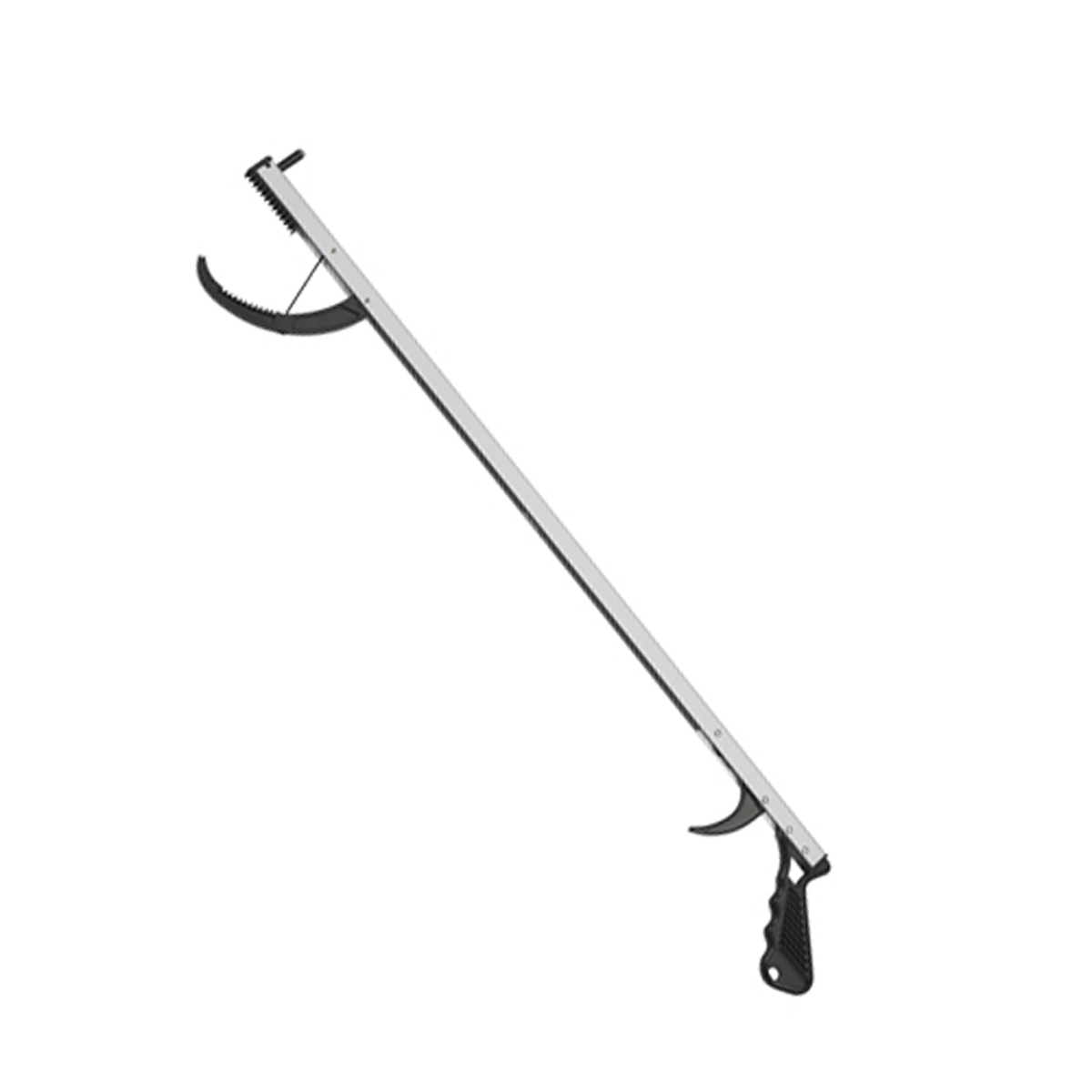
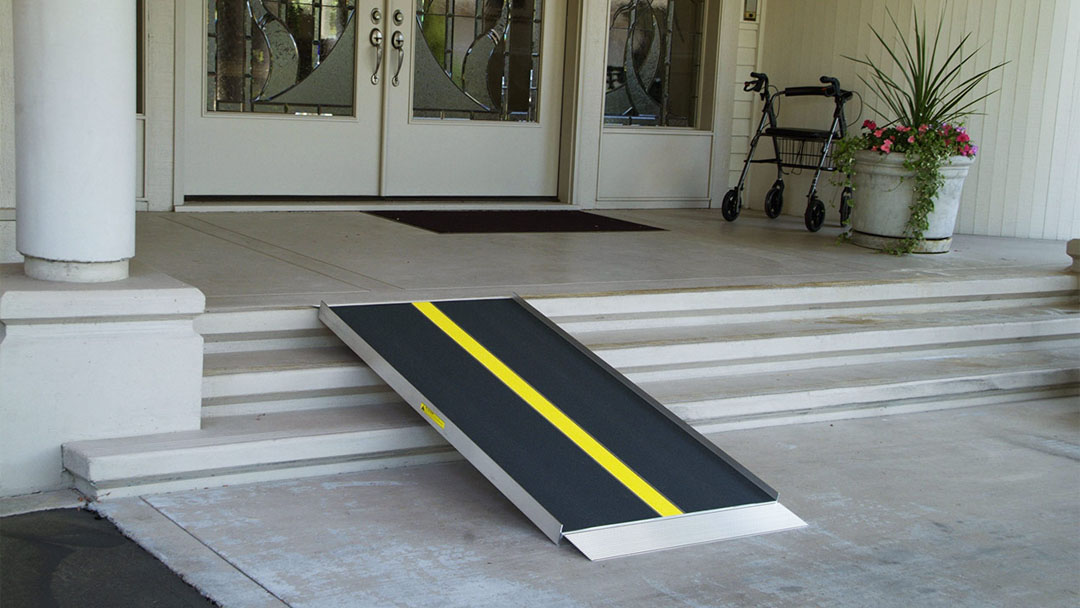 Medicare is usually the primary-place seniors look for assistance with medically necessary costs, but Original Medicare does not regularly pay for wheelchair ramps or other lasting equipment. Seniors that have limited resources are not without assistance, nevertheless, since there are programs that can help handle the expense of installing at-home wheelchair ramps.
Mobility issues are very common among today’s seniors, that may need considerable modifications to remain safely in their homes. Seniors whose ability to walk is restricted, or that are required use mobility aids like wheelchairs, walkers and/or canes, may have a challenging time going up and down stairs like they did in the past. Wheelchair ramps are typical home modifications that assist seniors in getting in and out more easily and promotes aging individuals in living fuller lives outside of their homes. The benefits of having a wheelchair ramp, or other safety and mobility enhancements like grab bars, installed are significant, so it’s worth investigating where you can acquire help in paying for a wheelchair ramp.
Medicare is usually the primary-place seniors look for assistance with medically necessary costs, but Original Medicare does not regularly pay for wheelchair ramps or other lasting equipment. Seniors that have limited resources are not without assistance, nevertheless, since there are programs that can help handle the expense of installing at-home wheelchair ramps.
Mobility issues are very common among today’s seniors, that may need considerable modifications to remain safely in their homes. Seniors whose ability to walk is restricted, or that are required use mobility aids like wheelchairs, walkers and/or canes, may have a challenging time going up and down stairs like they did in the past. Wheelchair ramps are typical home modifications that assist seniors in getting in and out more easily and promotes aging individuals in living fuller lives outside of their homes. The benefits of having a wheelchair ramp, or other safety and mobility enhancements like grab bars, installed are significant, so it’s worth investigating where you can acquire help in paying for a wheelchair ramp.
